As in many other fields, women were historically discouraged from pursuing a career in the arts. However, many extraordinary artists ignored the social rules and persevered.
Of course, these women would probably resent being included in a list of female painters, preferring to be valued as artists outside of their gender. Unfortunately, as women continue to fight for equality in all fields, these exceptional artists are often referred to in terms of their gender.
KUADROS pays homage to that feminine touch in the history of art, remembering these 5 virtuous women of art.
No. 1 Sofonisba Anguissola - 1532 – 1625
Sofonisba Anguissola, (born about 1532, Cremona (Italy), died November 1625, Palermo), late Renaissance painter. Born into a relatively poor noble family, her father ensured that she and her sisters had a well-rounded education that incorporated the fine arts. This included apprenticeships with respected local painters.
This set a precedent for future female artists, who up to that point generally only learned if a family member ran a workshop. Anguissola's talent caught the attention of Michelangelo, with whom she undertook an informal tutoring through the exchange of drawings. Although, as a female artist, she was not allowed to study anatomy or practice model drawing due to her perceived vulgarity, she still managed to have a successful career.
Anguissola experimented with new styles of portraiture, establishing subjects, often herself and her family, in an informal manner, which was highly unusual. His paintings gave viewers an insight into everyday aristocratic life.
She became known for this style and received commissions from all over Italy.
By 1558, she was an established painter, and at the age of 26 she left Italy upon receiving an invitation from Philip II, King of Spain, to join the Spanish court. She served in Madrid as court painter and lady-in-waiting to Queen Elizabeth of Valois. She won the admiration of the young queen and spent the next few years painting many official court portraits. During her 14-year residence, she guided the artistic development of Queen Elizabeth and influenced the art made by the Queen's daughters. Once the young queen died in 1568, Philip II decided to arrange Anguissola's marriage.
In 1571, she married the Sicilian nobleman Fabrizio Moncada Pignatelli, who was said to support her painting.
On what would have been her 100th birthday, her husband engraved her grave with a text that includes this dedication: Sofonisba, my wife, who is registered among the illustrious women of the world, outstanding in portraying the images of man. Orazio Lomellino, saddened by the loss of his great love Orazio Lomellino, Inscription on the tomb of Anguissola. Second wave feminism in the 1970s saw the importance of Anguissola rediscovered.
Its success opened doors for women, like Lavinia Fontana and Artemisia Gentileschi, to pursue professional careers as artists.
Her paintings are known for capturing the spirit and vibrancy of his subjects and can now be found in collections around the world.
Buy a reproduction of Self-Portrait - Sofonisba Anguissola at the Kuadros online store
No. 2 Artemisia Gentileschi - 1593 – 1654 or after
Artemisia Gentileschi, (born July 8, 1593, Rome, Papal States (Italy), died 1652/53, Naples, Kingdom of Naples), Italian painter, daughter of Orazio Gentileschi, who was a great follower of the revolutionary Baroque painter Caravaggio.
As the daughter of an accomplished painter, Artemisia Gentileschi had access to the art world at a young age. At first she was in her father's workshop mixing paints and he supported her career when he noticed that she was exceptionally talented. As a noted painter of the Italian Baroque period, Artemisia Gentileschi did not let her gender deter her from her subject matter. She painted large-scale biblical and mythological paintings, just like her male counterparts, and was the first woman accepted into the prestigious Academy of Fine Arts in Florence.
Her earliest known work is Susanna Y Los Viejos (1610), a completed work long attributed to his father. She also painted two versions of a scene already rehearsed by Caravaggio (but never attempted by his father), Judith Beheading Holofernes (c. 1612–13; c. 1620). She was raped by Tassi and, when he did not keep his promise to marry her, Orazio Gentileschi in 1612 put him on trial. During that event, she herself was forced to testify under torture.
Her legacy is sometimes overshadowed by her biography, with its gory depictions of Judith and Holofernes often interpreted through the lens of their rape. However, her talent is undeniable and she continues to be recognized for her realistic portrayal of the female form, the depth of her colors and her striking use of light and shadow.
Artemisia is the most famous painter of the 17th century. She worked in Rome, Florence, Venice, Naples, and London, for the highest levels of European society, including the Grand Duke of Tuscany and Philip IV of Spain.
From 1630 she settled in Naples, where she ran a successful studio until her death. She briefly visited London in 1639, perhaps to assist his ailing father in painting the ceiling of the Queen's House at Greenwich (now at Marlborough House in London), but returned to Naples the following year. The exact date of his death is unknown, but a recently discovered document records that she was still living in Naples in August 1654.
Buy a reproduction of Self-Portrait - Artemisia Gentileschi at the Kuadros online store
No. 3 Judith Leyster - 1609 – 1660
Judith Leyster, (baptized July 28, 1609, Haarlem, Neth.-buried February 10, 1660, Heemstede, near Amsterdam), Dutch painter, one of the few female artists of the time to come out of obscurity, besides being a prominent character during the Dutch Golden Age. Typical of Dutch artists during this period. She began painting when she was still very young, and by the age of 24 she had become a member of the Haarlem painters' guild. Her subject matter spanned a wider range than was typical for Dutch painters of the time, and she was one of the first to exploit the domestic genre scene.
Leyster specialized in genre paintings, still lifes, and portraits. The details behind his artistic training are unclear.
She later ran a successful workshop with several male apprentices and was known for the relaxed and informal nature of her portraiture.
She may have worked in Frans Hals's shop or, according to the poet Samuel Ampzing, spent time with the portrait painter Frans Pieterszoon de Grebber. However, Hals's influence on her work is clear. She was also interested in the tenebrist style of the Utrecht school. She introduced light sources in her paintings. Most of her dated works were painted between 1629 and 1635. In 1636 she married the genre painter Jan Miense Molenaer and moved with him to Amsterdam.
While she was quite successful during her lifetime, her reputation suffered after his death due to unfortunate circumstances. All of his work was passed on as work by his contemporary Frans Hals or by her husband. In many cases, her signature was covered by collectors looking to make a profit due to the high market value of Frans Hals' work. It was only in the late 19th century that these errors were discovered and scholars began to gain a renewed appreciation of Leyster's skill as an artist.
Buy a reproduction of Self-Portrait - Judith Leyster at the Kuadros online store
No. 4 Elisabeth Vigée Le Brun - 1755 – 1842
Élisabeth Vigée-Lebrun, in full Marie-Louise-Élisabeth Vigée-Lebrun, Lebrun also LeBrun or Le Brun, (born April 16, 1755, Paris, France, died March 30, 1842, Paris), French painter , one of the most successful female artists (unusually for her time), particularly notable for her portraits of women.
As the daughter of a painter, she received early instruction from her father and was painting portraits professionally by the time she was a teenager. Her great professional opportunity came when she was appointed portrait painter of Marie Antoinette. The two women became friends, and in the years that followed Vigée-Lebrun painted more than 20 portraits of Marie Antoinette in a wide variety of poses and costumes. She also painted a large number of self-portraits, in the style of various artists whose work she admired. In 1783, due to her friendship with the queen, Vigée-Lebrun was reluctantly accepted into the Royal Academy.
At the outbreak of the Revolution in 1789, she left France and for 12 years lived abroad, traveling to Rome, Naples, Vienna, Berlin, Saint Petersburg and Moscow, painting portraits and playing a leading role in society. In 1801 she returned to Paris, but, disliking Parisian social life under Napoleon, she soon went to London, where she painted portraits of the court and of Lord Byron. Later she went to Switzerland (and painted a portrait of Mme de Staël) and then again (around 1810) to Paris, where she continued to paint until her death. Vigée-Lebrun was a woman of great wit and charm, and her memoir, Souvenirs de ma vie, provides a lively account of her life. She was one of the most technically fluid portrait painters of her day, and her images are noted for their freshness, charm, and sensitivity of presentation. During his career, by her own account, she painted 900 pictures, including some 600 portraits and some 200 landscapes.
Her paintings bridge the gap between the rococo theatrical style and the more sober neoclassical period. She enjoyed continued success in her career, even in exile after the French Revolution, as she was a favorite painter of the aristocracy throughout Europe. Attendees enjoyed her ability to put them at ease, leading to portraits that were lively and lacked stiffness. The relaxed, natural manner of her portraits was considered revolutionary at a time when portraiture often required formal representations of the upper classes.
Buy a reproduction of Self-Portrait - Elisabeth Vigée Le Brun at the Kuadros online store
No. 5 Frida Kahlo - 1907 – 1954
This is perhaps the most famous female painter of all.
Magdalena Carmen Frida Kahlo Calderón (Coyoacán, July 6, 1907- Coyoacán, July 13, 1954)
Mexican artist Frida Kahlo is remembered for her self-portraits, pain and passion, and bold, vivid colors. She is celebrated in Mexico for her attention to Mexican and indigenous culture and by feminists for her portrayal of the female form and experience.
With her deeply personal and symbolic work, she has become one of the most famous artists of the 20th century. For much of her career, she was often overlooked simply as Diego Rivera's wife, but appreciation of her paintings has only grown from the 1970s onwards. Fiercely proud of her Mexican identity, she often incorporated pre-Columbian symbols into her paintings and is known for her colorful Mexican dress. Kahlo, who suffered from health problems throughout her life due to a bus accident in her youth, suffered multiple fractures to her spine, collarbone and ribs, a shattered pelvis, a broken foot and a dislocated shoulder.
She began to focus heavily on painting while recovering in a body cast. In her life, she had 30 operations. The experience of life is a common theme in Kahlo's approximately 200 paintings, sketches, and drawings. Her physical and emotional pain are clearly shown on the canvases, as is her turbulent relationship with her husband, fellow artist Diego Rivera, whom she married twice. Of her 143 paintings, 55 are self-portraits. The devastation of her body from the bus accident is shown in great detail in The Broken Column. Kahlo is depicted nearly nude, split down the middle, with her spine presented as a broken decorative column. Her skin is studded with nails. She is also equipped with a surgical apparatus.
Widely known for her Marxist leanings, Frida, along with revolutionary Marxist Che Guevara and a small band of contemporary figures, she has become a countercultural symbol of the 20th century and created a legacy in painting that continues to inspire the imagination and the mind.
She saw her burgeoning career cut short due to his untimely death at age 47. Her legacy lives on and she remains an icon of many feminist and political movements.
KUADROS, a famous painting on your wall.


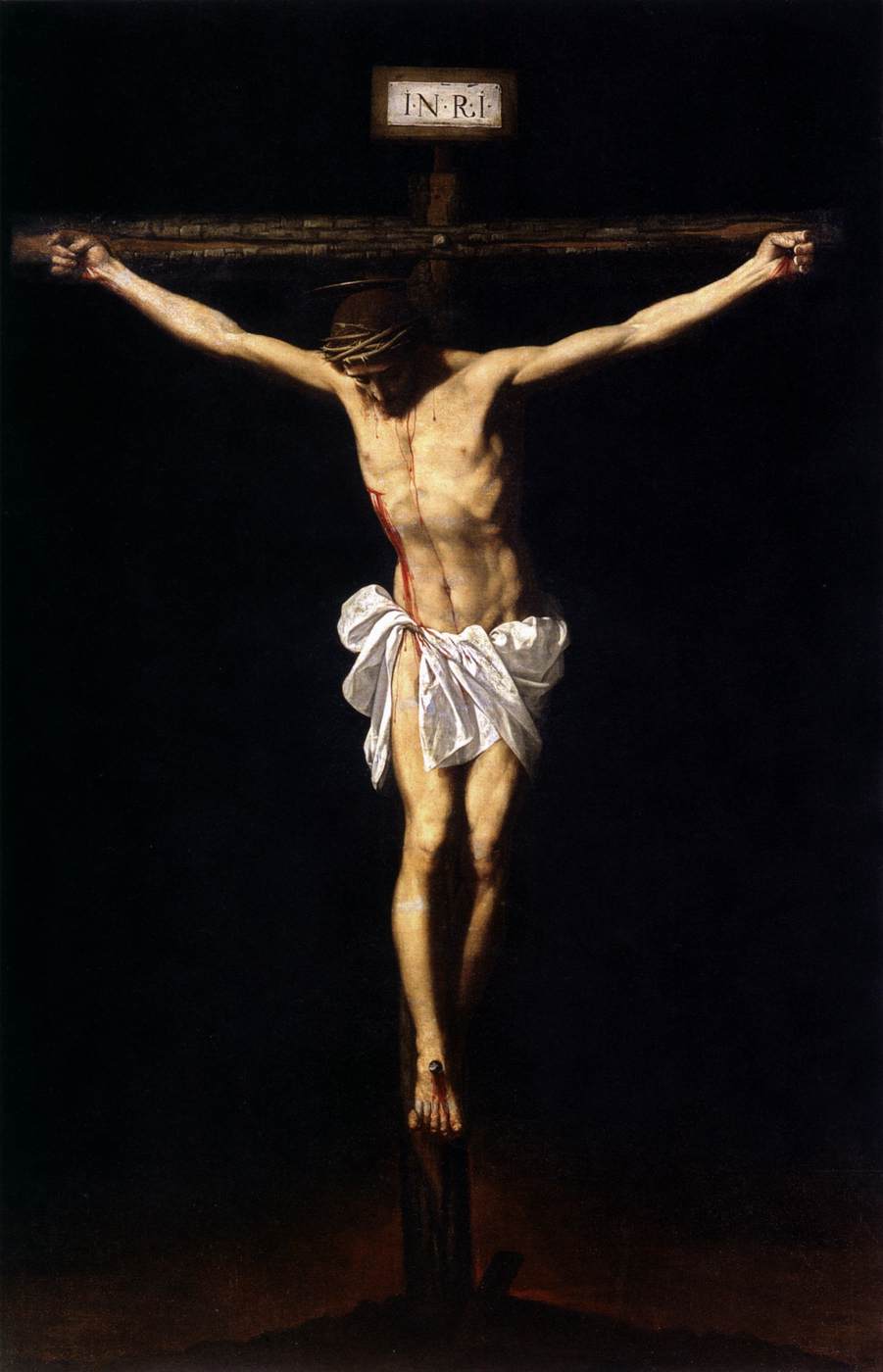

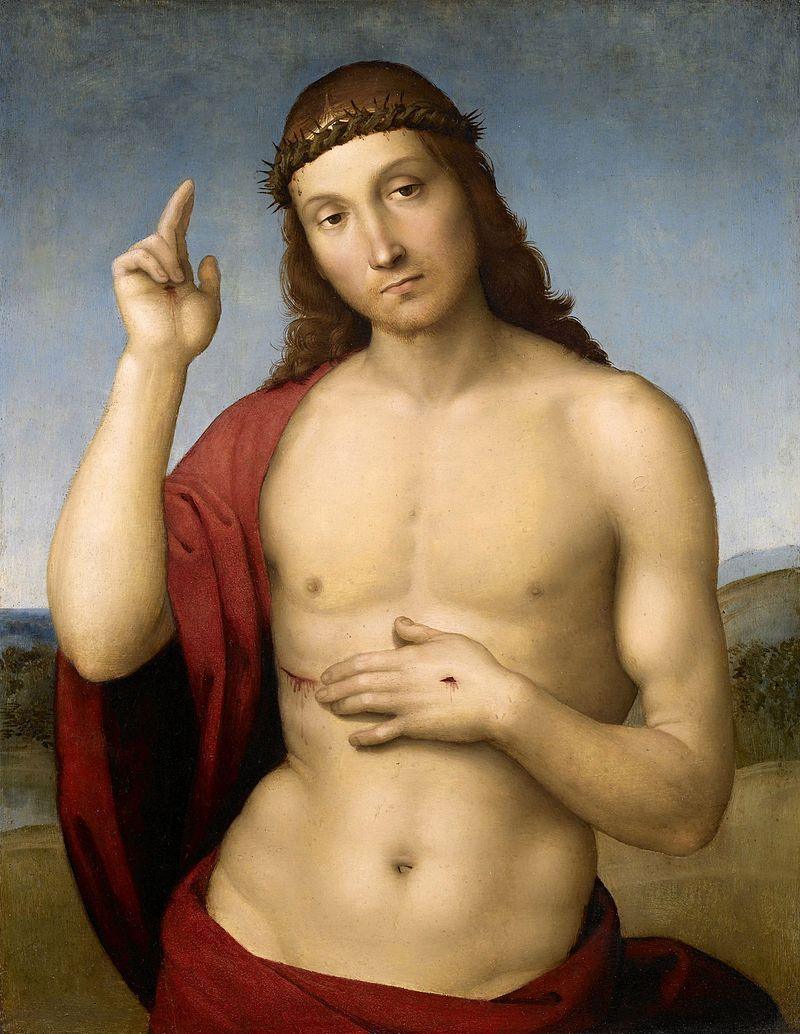
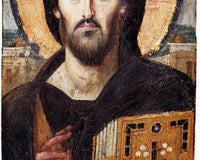
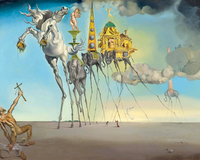
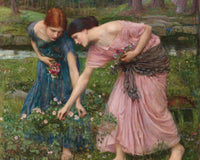

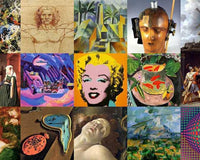
1 comment
Ginger
Who is editing the text? “She” is the pronoun used for a woman. Not “he”. Throughout the article him, he, his…are used in error for multiple artists.
Using incorrect grammar is VERY unprofessional and annoying.